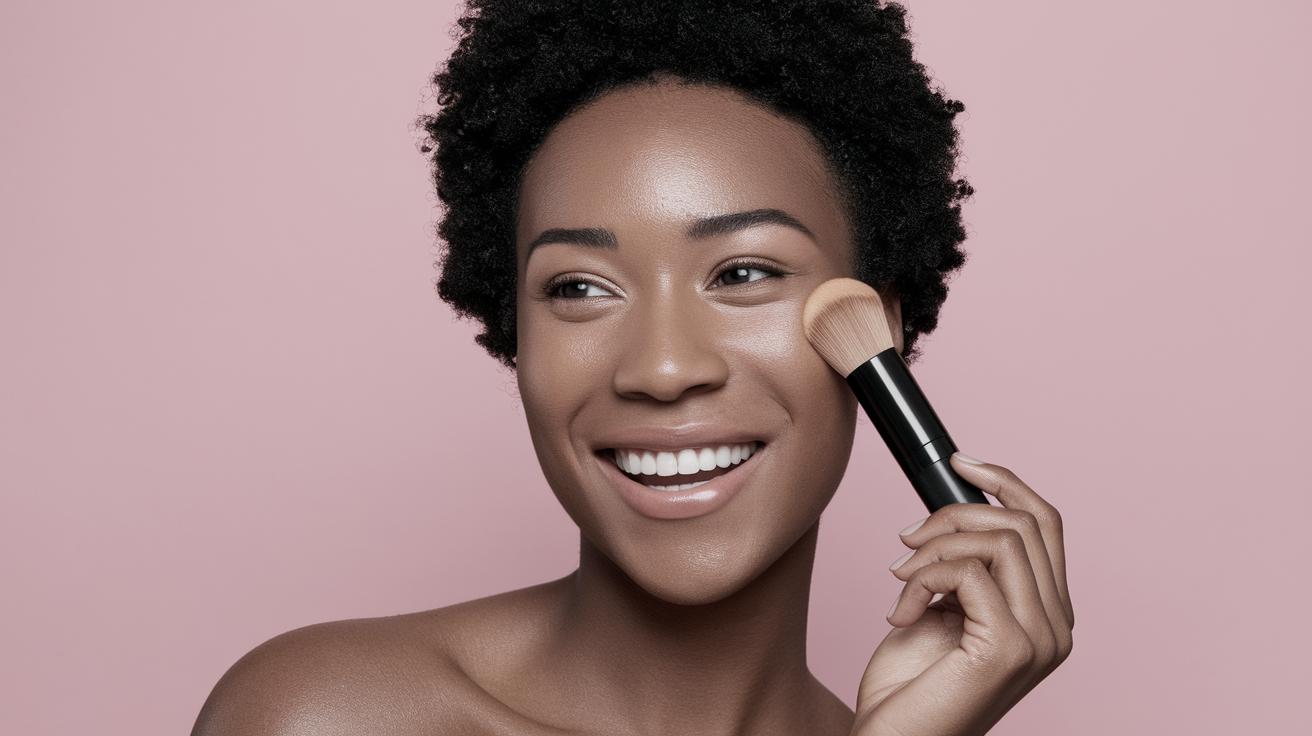The Art and Science of Lip Gloss: Ingredients, Business, and Benefits
Lip gloss is a beloved cosmetic staple for many, but what exactly goes into creating this shiny and sometimes colorful lip product? This blog post delves into the components of lip gloss, highlighting natural and non-toxic alternatives that appeal to health-conscious consumers. We also explore tips for crafting lip gloss for commercial success, techniques for enhancing its formula, and why ingredient transparency matters. Finally, we dive into the nourishing properties of key ingredients like squalane, jojoba seed oil, and rosehip fruit oil. By understanding these elements, readers can make informed choices whether they’re producing their own lip gloss line or selecting products for personal use.
Understanding Lip Gloss Ingredients: Natural and Non-Toxic Options
Lip gloss formulations have evolved considerably, with a marked shift towards natural and non-toxic ingredients. Traditional glosses often contain synthetic components like petroleum byproducts; however, the push for cleaner beauty has paved the way for alternative ingredients. Brands are increasingly opting for plant-based oils, waxes, and butters, which not only provide the desired sheen but are also kinder to the skin and the environment.
Emollients such as shea butter and beeswax frequently replace silicon-based gloss for a smoother application. Meanwhile, colorants and fragrances are derived from natural sources like fruits and plants, ensuring they are free from substances that may cause irritation. This trend toward transparency and safety underscores the importance of understanding product labels and ingredient lists.
How to Make Lip Gloss to Sell: Tips for a Successful Lip Gloss Business
Starting a lip gloss business involves more than just producing an appealing product; it requires careful planning and market understanding. First, identifying a unique selling proposition is crucial. Consider formulations that are vegan, cruelty-free, or tailored to specific demographics, such as hypoallergenic options for sensitive skin.
Packaging is another essential element, as the aesthetic can significantly impact consumer engagement. Brand storytelling through eco-friendly or sustainable packaging can resonate well in today’s market. Additionally, adhering to cosmetic regulations and conducting thorough testing ensures that the product is safe and market-ready. As consumers become more ingredient-savvy, transparency in sourcing and formulation will foster trust and brand loyalty.
Enhancing Lip Gloss Formula: Making it Last Longer and More Effective
The primary complaint with lip gloss is its short wear time. To address this, formulators can incorporate polymers and film formers that improve adherence and longevity. These additives create a flexible layer that locks in moisture and gloss while resisting transfer and smudging.
Moreover, enhancing the effectiveness of lip gloss involves balancing hydration and pigmentation. By integrating oils and butters alongside vine-extracted colorants, glosses can offer vibrant color payoff without sacrificing hydration. Vitamin E is a popular addition, serving as both an antioxidant and a moisture sealant that protects lips from environmental stressors.
Why Does It Matter What’s in My Lip Gloss?
The ingredients in lip gloss matter because they directly affect the wearer’s health and the product’s impact on the environment. Many mainstream products contain parabens and phthalates, which can be absorbed through the skin and potentially disrupt hormone function. Choosing products with clean formulations minimizes these risks.
Furthermore, the journey towards eco-conscious beauty means considering both the ingredients and the footprint they leave behind. Opting for glosses that utilize biodegradable or renewable components supports sustainability and reflects a consumer’s ethical considerations. Being mindful of ingredient origins not only ensures safe usage but also aligns with broader environmental goals.
Squalane: To Soften, Nourish, and Moisturize
How Does Squalane Work?
Squalane is a highly effective moisturizing agent derived from squalene, a lipid that’s naturally found in our skin. Unlike its predecessor, squalane is more stable and less prone to oxidation. When used in lip gloss, it locks in moisture for a smooth and supple finish, enhancing both comfort and lip health.
What Else Can Squalane Do?
Beyond hydration, squalane has soothing properties that make it ideal for sensitive or compromised skin. It’s non-comedogenic, meaning it won’t clog pores, which is essential for maintaining a healthy skin barrier. Products containing squalane often enjoy a lighter, non-greasy feel, contributing to an enjoyable wear experience.
Jojoba Seed Oil: To Hydrate
What Else Can Jojoba Seed Oil Do?
Jojoba seed oil is praised for its ability to mimic the skin’s natural oils, offering hydration without feeling heavy. This makes it a staple in lip glosses aiming to provide long-lasting moisture. Jojoba oil’s antibacterial properties also promote healthier lips by reducing the likelihood of breakouts around the lip area.
Furthermore, jojoba oil is rich in antioxidants including vitamin E and B-complex vitamins, which protect lips from external irritants. The oil plays a crucial role in formulating lip products that need to endure varying weather conditions without compromising performance.
Rosehip Fruit Oil: To Smooth and Soften
How Does Rosehip Fruit Oil Work?
Rosehip fruit oil is celebrated for its ability to repair and regenerate tissue, making it a powerful ally in lip care. Its high concentration of vitamins A and C supports skin renewal, helping to improve texture and color uniformity for glamorous lip gloss looks.
What Else Can Rosehip Fruit Oil Do?
In addition to its smoothing benefits, rosehip oil boasts anti-inflammatory properties that are beneficial for soothing chapped or irritated lips. It is also lightweight and easily absorbed, ensuring that glosses enriched with rosehip oil feel luxurious rather than sticky.
Wrapping It Up
Choosing the right ingredients in lip gloss not only affects aesthetics and wearability but also plays a significant role in wellness and environmental stewardship. By focusing on natural, effective components like squalane, jojoba seed oil, and rosehip fruit oil, both consumers and producers can advocate for products that prioritize health and sustainability.
| Section | Key Points |
|---|---|
| Understanding Lip Gloss Ingredients | Natural and non-toxic ingredients, avoiding synthetic compounds, safer formulations. |
| How to Make Lip Gloss to Sell | Identifying unique selling propositions, packaging aesthetics, adherence to cosmetic regulations. |
| Enhancing Lip Gloss Formula | Improved wear time and effectivity, balance of hydration and pigmentation, use of Vitamin E. |
| The Importance of Ingredients | Affect on health, reducing harmful components, implications for the environment. |
| Squalane’s Benefits | Moisturizing, non-comedogenic, suitable for sensitive skin. |
| Jojoba Seed Oil Advantages | Hydration, antibacterial, rich in antioxidants. |
| Rosehip Fruit Oil Uses | Repairs and regenerates, anti-inflammatory benefits. |


